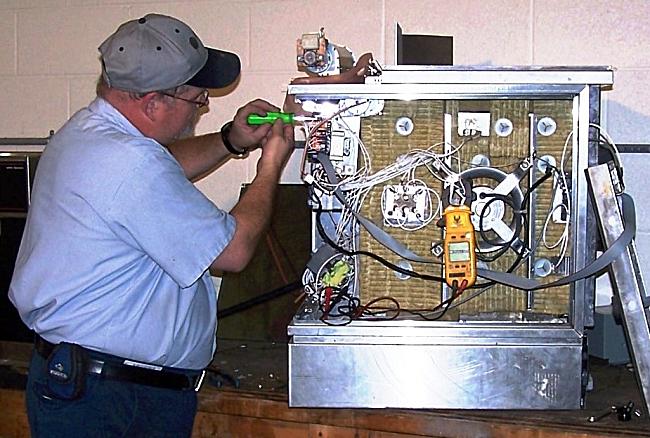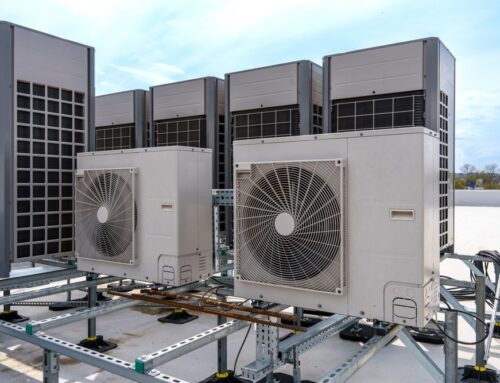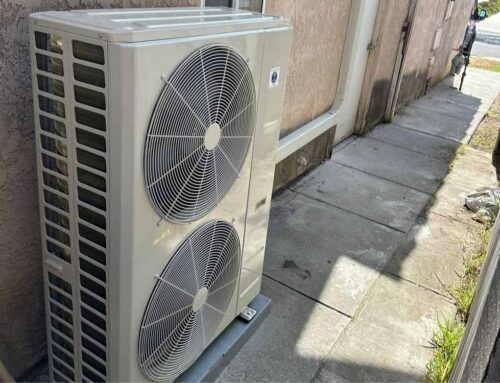The physical principles
that make refrigeration possible are easy to understand, and most of the time troubleshooting and repair are straightforward. When a refrigeration unit fails in a commercial setting, for example a restaurant walk-in, the first responder is often the nearest electrician. This individual will look it over, get it running if possible, and make the decision to call in a licensed technician if it appears necessary to break open the refrigerant circuit. In this undertaking, the electrician will face two potentially disturbing realities. The first of these is that there is a lot of pressure to get the unit running immediately because the materials being refrigerated (food, pharmaceuticals, biological samples in a healthcare facility, etc.) will be compromised soon. As the temperature rises, the situation becomes increasingly dramatic. Second, if you succumb to the temptation to cop a scenario and announce that the compressor needs to be replaced, and if this is done at great expense, the system still does not work, and it turns out to be something simple, this could be damaging.
Therefore, if it seems that you might be doing this sort of work, some careful study and contingency planning are in order. When you are called in to look at a refrigeration system that is not working, most likely the complaint is that the temperature is too high. It is either not cooling enough or not cooling at all. Occasionally, the temperature is too low; for example, the lettuce is freezing in a produce walk-in. If this is the case, or if the temperature is a few degrees too high, most likely the remedy is to adjust the thermostat. Just tweak it a slight amount. Then come back in a couple of hours and check it again. This is the most common refrigeration repair and it is usually successful. Next in order of frequency is when a refrigeration unit is in need of defrosting.
The initial complaint
will be that the unit is running warm. All refrigeration equipment should have a means for checking the temperature. This can be a sensor with a digital readout on the outside, or it can be a thermometer inside. The users should be encouraged to check the temperature regularly in order to spot trouble before it becomes severe. Icing will start gradually and become worse. Eventually, the temperature inside will not be much different from the outside. The cause is that the outside of the evaporator has become coated with ice and even though the fan is blowing air across the ice, there will be very poor thermal transfer. In severe cases, the ice will interfere with the fan blade, causing the motor to stall out and trip the overcurrent protection or destroy the motor.
If you are interested in getting a new HVAC San Diego , CA home, there are a lot of new ways to do that. Give Atlas Heating & Air Conditioning Inc a call today at (877) 452-8527, so that we can get the process started for you.




